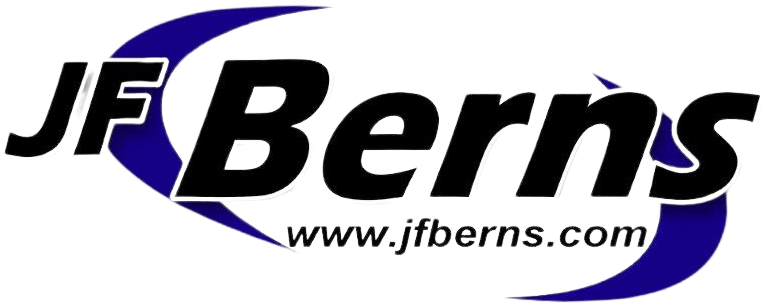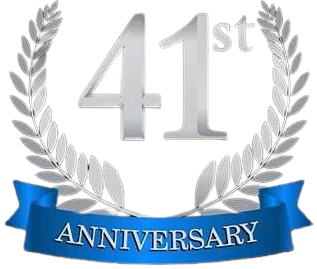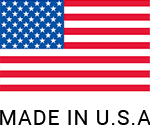Bar Support FAQs
Why would I need a bar support?
When a bar is longer than the lathe spindle and extends beyond the end of the spindle liner, it is a very unsafe condition. In order to protect from bar whip the bar must be supported and contained. The Top Load Sport is designed to support the bar to allow higher lathe spindle RPMs and also to safely contain the bar. It also comes with safety switches that can be wired into the lathe so that the lathe cannot start without the lid down and latched into position.
Why would I use a bar support instead of a barfeeder?
There are four main reasons a bar support is used instead of a barfeeder: 1)The bars are longer than a barfeeder can run, 2)Only end work is going to be machined on the bar and then the bar will be removed (and could then be turned around to do the other end if required), 3)It is not a high production application and does not require the cost or complexity of a barfeeder, 4)Bar pulling is the preferred method for feeding the bar.
How are the bars supported?
In most applications the bars are supported in a special nylatron change bushing. The nylatron material has dry lubrication impregnated into it. There are special applications where the bushings can be made from other materials or the support can be used to support the OD of an extended spindle liner for hex and other shaped bars.
What is the maximum RPM my Lathe can run with a Top Load Sport?
The maximum support speed depends on the straightness of the bar, the OD finish of the bar, how accurate the support is aligned and the bushing clearance. In general it is not a problem to run the bars at 1,500 – 3,000 RPM. It is often the case where the support will run better at different speeds due to system harmonics. For example, you may find it runs better at 2,500 RPM than at 1,500 RPM. Due to all these factors, no particular speeds are guaranteed.
How long of a bar can be supported?
There is no maximum length of bar that can be supported. Note that when you request a quote, you can subtract the length of the bar that will be in the spindle. The Top Load Sport is designed so that a bar longer than the support can be loaded, but the lid can only be closed if the bar is fully enclosed in the unit.
What if my material is not smooth or not straight?
In order to run in the standard bushings, the material must be smooth on the outside. Material that is not straight (but is smooth), will be limited in speed and there will be vibration. It may also require more clearance in the bushing in order to get the material to set properly in the bushings. If the material is rough on the outside, it can be supported in metal bushings, but it will be louder and will mark the OD of the bars. The other option is described in the question below.
Can it support hex bars or other non-round shaped bars?
To run hex, square stock, non-round shaped bars and rough OD round (hot rolled), you have to use a non-rotating tube liner for support. The nylatron bushings would not hold up to the sharp edges or rough OD on these types of bar stock. This support method does have a couple of drawbacks. First, the material has to be end loaded through the non-rotating support tube that goes into the Top Load Sport. Second, it will be much louder and will probably wear the material stock contact points as the material stock rotates in the non-rotating steel tube ID. Another option if not too long of support is required, is to use extended length spindle liners and support the OD of the spindle liner extension in the bar support.
Can it go between a barfeeder and the lathe to increase the bar lengths I can use in my barfeeder?
The Top Load Sport Bar Support can be used with a barfeeder. The only difference is that the rear cover plate has a hole in it for the stock and pusher to go through. When using the support between a barfeeder and the lathe the length is important. You need to make sure that the overall length of the spindle plus the support length is not longer than the pusher. If the support is too long, the pusher may not reach far enough to push the remnant through the lathe spindle. The shortest length we can manufacture for this application is 11”. We also need verification that there are no obstructions for mounting the support base up between the lathe and the barfeeder. Note that the TLS support should be mounted and aligned before the barfeeder is installed.
What if my lathe spindle is recessed or there are interferences on the back side of the lathe?
If there are any interferences that extend out from the side of the sheet metal (on the spindle side, above or below the spindle), we need that information. In most cases we can design to work around those interferences but they must be approved before placing an order. It is also important that we know if the back end of your spindle is recessed from the sheet metal outer guarding by more than 6”. If it is longer, the bar will be unsupported for that distance which can be a safety hazard. If the spindle is recessed we are able to offer a couple of options to fix this issue.
What is the retract option?
The retract allows the entire aluminum extrusion to rotate back about 90 degrees. Without the retract, the largest diameter that can be pulled back through the standard model TLS support with the bushings removed is 3-3/8”. If the largest diameter on your spindle liners is larger than 3-3/8”, then you will need the retract. Even if you are able to get the spindle liners out without the retract, some customer’s like the retract because it gives them better access to the back of the lathe spindle if there are any maintenance issues. Also note that any supports which are 7’ or shorter, the entire stop section will retract.
Can a rear stop be used with the Top Load Sport?
Yes, a rear stop can be used, but all the requirements must be provided before we can quote the support and stop.
How do you manually load heavy bars into the spindle?
When the bars are large, it can be difficult to load (and unload) the bars. A manual method must be figured out by the end user. We have an optional roller assist, but it does add a fair amount of cost to the unit.
Do I need spindle liners in addition to my Top Load Sport?
Spindle liners are required. A spindle liner’s function is to support the bar so that it does not whip and create vibration. This support inside the spindle will increase the speed at which you can run, reduce vibration which leads to better machining finishes, and worst case guards against machine damage from whip. Now, with a TLS, the bar will be supported outside the spindle (assuming the bar is longer than the spindle), but that approximately 36” of unsupported bar from the front bushing to the chuck jaws can cause a lot of vibration. The smaller the diameter the worse it will be. We size our spindle liner to 0.020”-0.030” over the bar diameter.
Can I install it myself?
Yes, it can be installed by an end user or a dealer. However, alignment is critical for the operation so it must be done by a qualified person. It is also important that the electrical safety switches be properly wired into lathe for safe operation.
